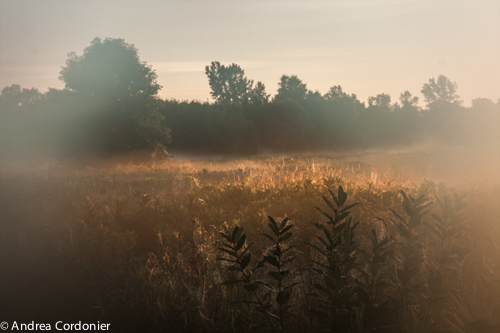I am self-delusional enough to believe that, for the most part as a neighbour, I mind my own business. I have several great, mindful neighbours, which is good fortune in itself, and am glad to keep an eye out for their health and well-being as they do for mine. But there are a couple of limitations on my personal Welcome Wagon, one of which is illegal grow-ops.
I am not going to argue whether marijuana should be legalized/decriminalized, debate the war on drugs or extoll the virtues of medical marijuana. I’m offering up more of a Public Service Announcement. My question is this: What does a grow-op house really look like? Would you recognize one that might be hiding in plain sight? And why would you care?
According to the RCMP’s Marijuana Grow Initiative, there are a number of reasons why grow ops and labs make lousy neighbours:
There are many individual and community health and safety concerns with the existence of marihuana grow operations in your neighborhood. Dangers include: drug impaired driving, drug endangered children, violent home invasions, fires, hydro thefts, decreased property values along with other additional economic costs and other health and safety risks.
Here is a typical ‘tips’ list from the website for The City of White Rock, BC. The site sensibly cautions “that a positive response to some of these questions does not mean it is a grow op house and that the residents are involved in Criminal Activity. Please use this questionnaire as a basic guideline only.” The comments in brackets are mine.
1. Suspects do not appear to regularly attend jobs but drive expensive vehicles. (Ummm, not to be mistaken for economically-favoured retirees)
2. There are dark coverings over some of the windows.
3. Rooms in the house or outbuildings seem to be illuminated all the time.
4. There is heavy condensation on the windows. Absence of frost or snow on the roof when other houses have frost or snow. (Very old houses with single pane glass and improper roof insulation also exhibit these traits) Or growers put fans in the window to increase air circulation that blows the curtains around.
5. There may be an unusual number of roof vents, or unusual amounts of steam coming from vents in cold weather.
6. A variety of extra measures have been taken to protect the house i.e. new fencing, guard dogs, bars on the windows etc. Entry is exclusively through the automatic garage doors. Residents are hardly ever seen out of their cars.
7. There is a strange odor emanating from the house.
8. Sounds of electrical humming, fans or trickling water.
9. There is unusual or modified wiring on the exterior of the house.
10. The hydro meter can be seen spinning unusually fast. Growers have most of their lights on for at least 12 – 18 hours at a time.
11. Localized power surges or browning – neighborhood residences or units experience unexplained power surges or decrease of power that dims lights and slows down appliance use, with the return of normal power flow about 12 hours later.
12. Residents avoid all contact with neighbors.
13. Children’s toys and bikes are left outside but there are no children seen at the residence.
14. Quantities of growing equipment and supplies are seen to be taken into the house, shed or garage, yet there are no flowers or garden at the house. Often these supplies are purchased in winter.
15. There are pots, soil, hoses and nutrients scattered around the property.
16. The house can appear to be vacant, the yard is not well-tended, and flyers are accumulating at the door.
17. There are hoses running from doors or windows on the exterior of the house.
18. Instances of visitors parking down the street and walking to the house.
19. Condominiums and high rise buildings are increasingly being used for production. If you see someone moving in and they disappear or are gone for long periods of time, that might be suspicious.
Or you never see them move in. Growers don’t like their neighbors to see them moving large fans, pots and soil in. There are also construction noises associated to accommodate a marihuana production facility.
20. The occupants appear overnight; they moved in during the night.
21. Garbage days there is no garbage, Or you never see activity at the house but there is lots of garbage.
According to this report from CBC’s Marketplace, the RCMP estimates that 18,000 homes have been used as grow-ops in BC and thousands more in Ontario and across Canada. Grow-ops appear in every kind of neighbourhood – wealthy, middle-class and poor, rural, suburban and urban, new developments and old. The homes are frequently re-sold, creating a range of renovation nightmares for future homeowners and renters.
The RCMP have compiled a list of grow-ops and clandestine labs where equipment has been seized and provides links to cities that already publish their own list of busted properties. Although it represents only a fraction of the total number of grow-ops, it bears checking out if you’re moving into a new home and neighbourhood, particularly if the sale price seems too good to be true.
